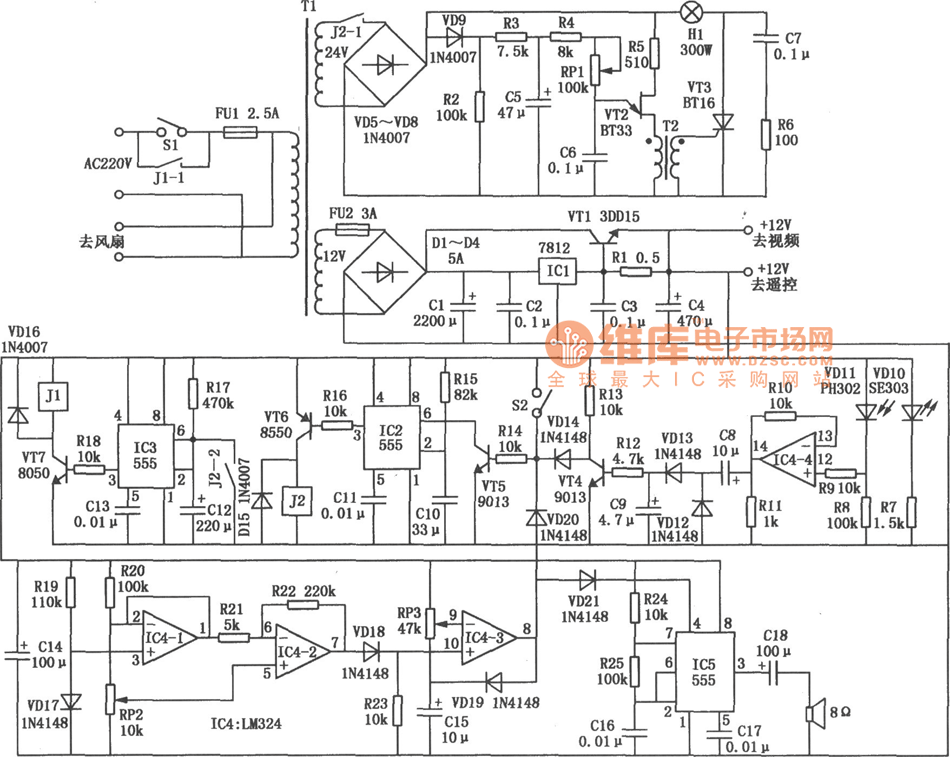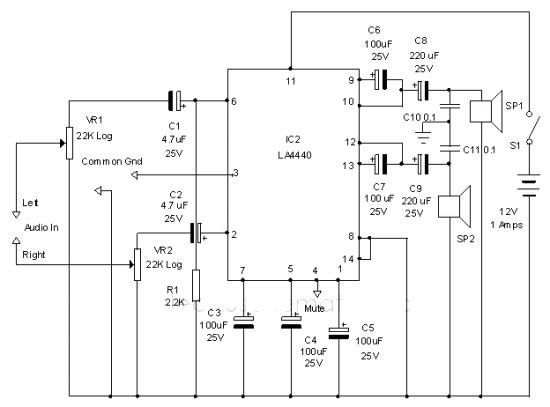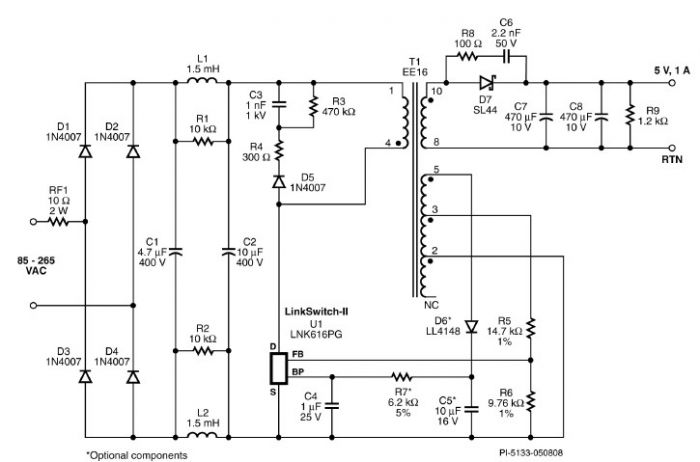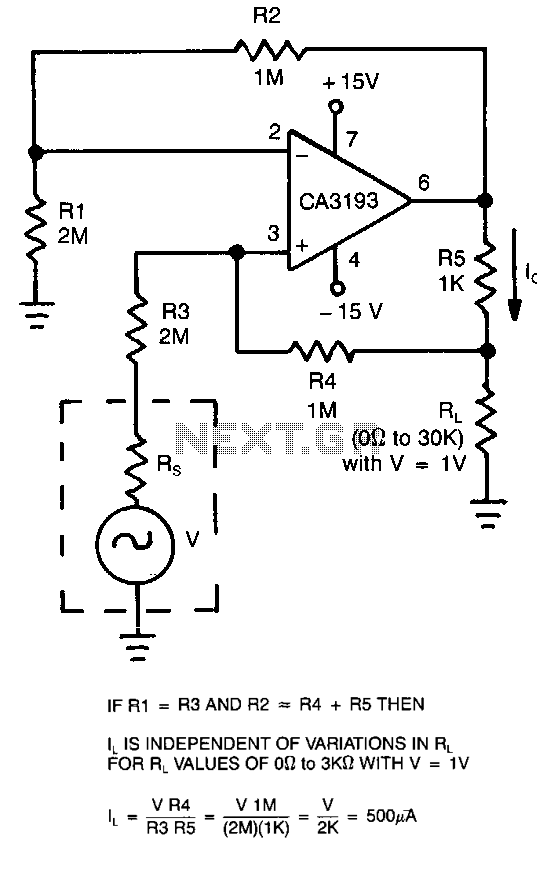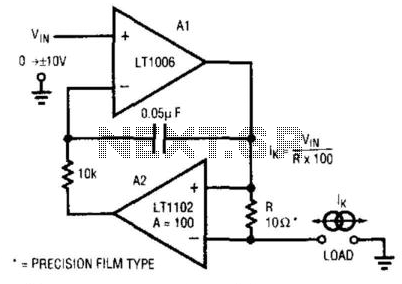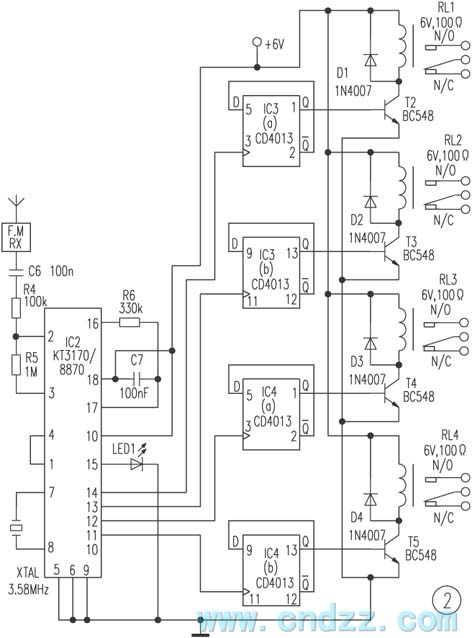
Open Source Project for Tesla/Jackson Wireless Transmission
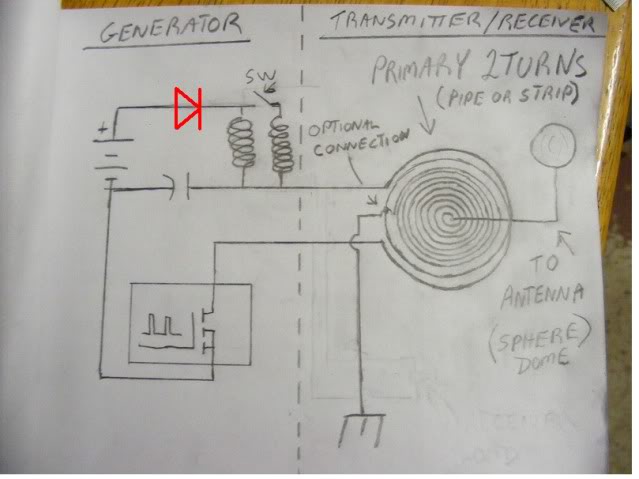
At approximately 50 kHz, a voltage exceeding 40 volts is observed at the receiver. LEDs illuminate without issues, although a 5mm LED was damaged. A capacitor connected to the AC was obstructing energy transfer. The primary negative was connected to a genuine ground, while the secondary was linked to the transmitter. The receiver utilized a metal plate placed on concrete, maintaining consistent LED brightness regardless of the grounding connection. This suggests an inductive relationship with the ground, which can adversely affect batteries left on the ground. The recovery battery was removed, and neon lights from the toroids functioned correctly. Under load with a single 5mm LED, the transmitter toroid measured 2.5 volts AC, while the voltage across the LED was 2.94 volts, indicating effective energy transfer despite the lack of a shared ground connection and a 50 mA input at 12 volts. Caution is advised when employing capacitors on the receiver output, as the voltage can rise to around 50 volts without load, which caused the LED failure. The coupling distance on the primaries appears adequate. Adjustments to coupling distance, number of turns, wire thickness, input voltage, and other parameters can yield various effects. The system's tuning is crucial; proximity to the coils can disrupt tuning and affect load performance. Separation of the coils by 5 to 10 meters may enhance performance, necessitating potential adjustments. Higher frequencies may be required for resonance. The current setup allows for experimentation and learning opportunities. Proximity to the coils affects energy transfer, and while using a square wave, the duty cycle is not 50/50. Rectifying and storing output has proven challenging. Concepts from the Testatika machine, such as U-shaped magnetized transformer cores, may offer solutions. When in resonance, the receiver may output a sine wave, simplifying usage compared to the current irregular waveforms. An ultra-fast recovery full-wave bridge rectifier could assist in output storage. The Bob Boyce transformer may be suitable if a resonant AC tank with series inductors and capacitors is constructed. It operates with low standby input, producing a pulsing output of 18 times at 2 microseconds with pauses between groups. Reconfiguring the controller to three-phase (three single pulses) could be beneficial. The secondary waveform of the transformer can be adjusted to eliminate pauses, allowing for continuous 2 microsecond pulses. A three-phase configuration could triple the effective frequency and enhance the output if it is AC. Additional tasks include cutting MDF boards and painting the edges, although weather conditions may delay these activities.
The described circuit operates at a frequency of approximately 50 kHz, facilitating the transfer of energy through inductive coupling between a transmitter and receiver coil. The system's performance is influenced by several parameters, including grounding techniques, coupling distance, and the physical arrangement of components. The use of a metal plate as a receiver ground enhances the inductive coupling, while the removal of the recovery battery simplifies the circuit and eliminates potential interference.
The circuit's design allows for experimentation with different configurations to optimize energy transfer. Adjustments to the number of turns in the coils and the wire gauge can be made to achieve the desired resonance and efficiency. The presence of high voltage at the receiver, particularly the risk of exceeding 50 volts without load, necessitates careful consideration of capacitor usage to prevent component damage.
The output waveform characteristics are critical for effective energy rectification and storage. The suggestion to utilize U-shaped magnetized transformer cores or a steel core transformer aligns with the need for efficient energy conversion. The anticipation of a sine wave output when the system reaches resonance indicates a shift towards a more stable and usable output, contrasting with the current irregular waveforms.
Implementing an ultra-fast recovery full-wave bridge rectifier is advisable for effective energy storage, particularly given the pulsing nature of the output. The exploration of three-phase configurations may further enhance the circuit's performance, potentially allowing for higher frequencies and improved energy transfer efficiency. Overall, the circuit presents a complex interplay of inductive coupling, resonance, and waveform management, requiring careful tuning and configuration to maximize effectiveness.At around 50 Khz i can get over 40 volts at the receiver. Light`s LED`s no probs. It even blew a 5mm LED. The cap I had on the AC was blocking the energy. Anyway what I did was connect the primary negative to ground with the secondary on the transmitter, a "real" ground, then the receiver I use the metal plate layed on the concrete, the LED is the same brightness even if the receiver ground is connected to the transmitter ground or not, must be what he say`s is an inductive relationship with the ground ( same thing that ruins batteries if they are left on the ground). And I removed the recovery battery. Neons light from the toroids no problem now. Under load with 1 x 5mm LED ( that`s the only LED I have left ) the transmitter toroid reads 2. 5 volts AC and the voltage across the LED is 2. 94 volts. Which seems like good transfer considering they do not share a ground connection and 50 Ma @ 12 volts input.
Care must be taken when using caps on the receiver output because the voltage keeps rising to about 50 volts with no load, that`s how I blew the LED. On second thought I think the coupling distance on the primaries is just fine. As Nikola says these things can be adjusted for our own personal requirements, the coupling distance the number of turns the thickness of the wire the input voltage and many other things could be changed in differing cominations to acheive different effects.
Looking good! Looks to me that your still not in tune though. These coils are very sensitive once you get them in tune, just putting your hand by them will knock them out of tune and you will see the load drop off when you do. I suspect that your square wave is giving it enough of a ping to get it ringing a little bit and your receiver is picking up the HV field.
Try separating the coils at a greater distance like 5 or 10 meters and see if you can still get anything with the plate and/or ground wire. Distance effects the tuning slightly so you may need to make adjustments. Yeah I will need to use Mhz to get it into resonance. I can only play for now but I can learn some things. Putting my hand near it does afect the transfer but I have to get it within a few inch`s. I am using a square wave but it isn`t 50/50. Rectifying and storing the output is proving to be difficult. I have an idea from the testatika machine, U shaped magnetised transformer core`s or just a steel core transformer might work.
I guess when the transmitter is in resonance the receiver will output a sine wave so that will be much easier to use than the scratchy wave`s at the receiver now. An Ultra fast recovery FWBR might also help with storing the output. I am thinking my Bob Boyce transformer might be good to use on it if I construct a resonant AC tank with series inductors and caps.
It will idle with very low standby input and the output is kind of AC but I have it pulsing about 18 times at 2 us then a pause to the next group, could be worth a look for the fun of it I should maybe reconfigre the controller to three phase (three single pulses). This is what the waveform from the secondary of my transformer looks like. I can make it so there is no pause and all 2 us pulses with 2 us between, well I think I can. However if I reconfigure the controller to three phase I can tripple the effective frequency and hex it if the output is AC.
Anyway I have to cut MDF boards and paint the edge`s. But it is raining all weekend, looks like. I have to stoke the fire to dry the paint. 🔗 External reference
The described circuit operates at a frequency of approximately 50 kHz, facilitating the transfer of energy through inductive coupling between a transmitter and receiver coil. The system's performance is influenced by several parameters, including grounding techniques, coupling distance, and the physical arrangement of components. The use of a metal plate as a receiver ground enhances the inductive coupling, while the removal of the recovery battery simplifies the circuit and eliminates potential interference.
The circuit's design allows for experimentation with different configurations to optimize energy transfer. Adjustments to the number of turns in the coils and the wire gauge can be made to achieve the desired resonance and efficiency. The presence of high voltage at the receiver, particularly the risk of exceeding 50 volts without load, necessitates careful consideration of capacitor usage to prevent component damage.
The output waveform characteristics are critical for effective energy rectification and storage. The suggestion to utilize U-shaped magnetized transformer cores or a steel core transformer aligns with the need for efficient energy conversion. The anticipation of a sine wave output when the system reaches resonance indicates a shift towards a more stable and usable output, contrasting with the current irregular waveforms.
Implementing an ultra-fast recovery full-wave bridge rectifier is advisable for effective energy storage, particularly given the pulsing nature of the output. The exploration of three-phase configurations may further enhance the circuit's performance, potentially allowing for higher frequencies and improved energy transfer efficiency. Overall, the circuit presents a complex interplay of inductive coupling, resonance, and waveform management, requiring careful tuning and configuration to maximize effectiveness.At around 50 Khz i can get over 40 volts at the receiver. Light`s LED`s no probs. It even blew a 5mm LED. The cap I had on the AC was blocking the energy. Anyway what I did was connect the primary negative to ground with the secondary on the transmitter, a "real" ground, then the receiver I use the metal plate layed on the concrete, the LED is the same brightness even if the receiver ground is connected to the transmitter ground or not, must be what he say`s is an inductive relationship with the ground ( same thing that ruins batteries if they are left on the ground). And I removed the recovery battery. Neons light from the toroids no problem now. Under load with 1 x 5mm LED ( that`s the only LED I have left ) the transmitter toroid reads 2. 5 volts AC and the voltage across the LED is 2. 94 volts. Which seems like good transfer considering they do not share a ground connection and 50 Ma @ 12 volts input.
Care must be taken when using caps on the receiver output because the voltage keeps rising to about 50 volts with no load, that`s how I blew the LED. On second thought I think the coupling distance on the primaries is just fine. As Nikola says these things can be adjusted for our own personal requirements, the coupling distance the number of turns the thickness of the wire the input voltage and many other things could be changed in differing cominations to acheive different effects.
Looking good! Looks to me that your still not in tune though. These coils are very sensitive once you get them in tune, just putting your hand by them will knock them out of tune and you will see the load drop off when you do. I suspect that your square wave is giving it enough of a ping to get it ringing a little bit and your receiver is picking up the HV field.
Try separating the coils at a greater distance like 5 or 10 meters and see if you can still get anything with the plate and/or ground wire. Distance effects the tuning slightly so you may need to make adjustments. Yeah I will need to use Mhz to get it into resonance. I can only play for now but I can learn some things. Putting my hand near it does afect the transfer but I have to get it within a few inch`s. I am using a square wave but it isn`t 50/50. Rectifying and storing the output is proving to be difficult. I have an idea from the testatika machine, U shaped magnetised transformer core`s or just a steel core transformer might work.
I guess when the transmitter is in resonance the receiver will output a sine wave so that will be much easier to use than the scratchy wave`s at the receiver now. An Ultra fast recovery FWBR might also help with storing the output. I am thinking my Bob Boyce transformer might be good to use on it if I construct a resonant AC tank with series inductors and caps.
It will idle with very low standby input and the output is kind of AC but I have it pulsing about 18 times at 2 us then a pause to the next group, could be worth a look for the fun of it I should maybe reconfigre the controller to three phase (three single pulses). This is what the waveform from the secondary of my transformer looks like. I can make it so there is no pause and all 2 us pulses with 2 us between, well I think I can. However if I reconfigure the controller to three phase I can tripple the effective frequency and hex it if the output is AC.
Anyway I have to cut MDF boards and paint the edge`s. But it is raining all weekend, looks like. I have to stoke the fire to dry the paint. 🔗 External reference
